Investors pondering the future course of inflation are scratching their heads – faced as they are with a powerful array of deflationary factors, opposed by a potent lineup of inflationary factors.
- Some economists expect global inflation to rise significantly because of an increase in the money supply, deglobalisation and the expense of coping with coronavirus
- Others see a risk of deflation because of falling global demand
On the one hand, the global economy has a been hit by a deep recession.
On the other hand, economists putting the case for higher inflation point to the ultra-accommodative central bank policy and massive injections of cash into the economy by developed market governments. This has greatly increased the stock of money. Analysts also suggest that reductions in the supply side of the economy, and an unwinding of globalisation, could increase inflation.
This combination of countervailing forces has provoked feverish debate. As Phil Camporeale, investment specialist at JP Morgan Asset Management in New York, puts it: “We’re hearing more about inflation these days than we’ve heard in a number of years.”
Debate is all the more intense because it often takes a long time for the seeds of inflation to generate price increases; there is a long lag between cause and full effect. The latest number for euro-zone core inflation is only 1.2%, with only 0.9% for the US – but this is only the first chapter in the coronavirus-era inflation story.
The US has seen the most extreme increase in the money supply. M2, a broad measure, was up 20% on the year in July – exceeding the growth rates even of the high-inflation 1970s. Many noted economists, known as ‘monetarists’, blamed inflation in this decade largely on this strong growth in money. They reasoned that inflation was inevitable, because too much money was chasing too few goods.
Juha Seppala, director in macro asset allocation at UBS Asset Management in New York, agrees with that argument. “One of the strongest laws of all in macroeconomics is that prices go up if central banks print enough money – and we are walking into an unprecedented global regime of monetary and fiscal coordination, where central banks print a lot of money and governments spend it,” he says. “There is no doubt in my mind that eventually this will be inflationary,” Seppala concludes. “But the question is how long this will take to happen. My own guess is that we will see significantly higher inflation within the next two years at the latest.”
If the supply side of the economy is shrinking, it will be even harder for it to cope with an increase in money in circulation without causing inflation. Normal recessions destroy supply – by forcing people into unemployment, after which their employability gradually falls, for example. Usually this does not trigger inflation, because recessions destroy demand too. This time, however, demand has been sustained by government spending and monetary policy.
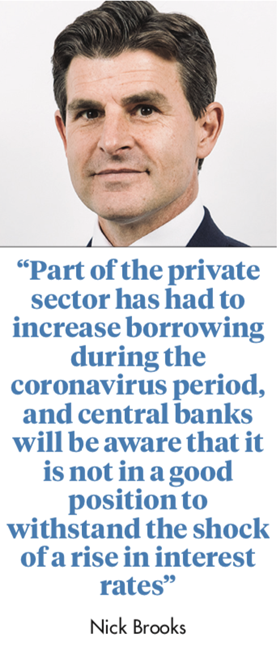
There is, moreover, a special COVID-19 element this time: the disease may have destroyed supply even as demand picks up, because of lockdowns and social distancing. “The way we have to live might be inflationary,” says Richard Dunbar, head of multi-asset research at Aberdeen Standard Investments in Edinburgh. “If a restaurant can only be at 50% capacity, it may cost more.”
COVID-19 might also, say some economists, hasten the demise of the long deflationary effect of globalisation. That is the situation in which developed market manufacturers transferred production to countries with lower wages. The disease has also disrupted supply chains. That has prompted widespread talk of the need either to shorten them by ‘reshoring’ to the home country, or to keep more inventory in reserve. Either measure would increase costs.
We’re hearing more about inflation these days than we’ve heard in a number of years” - Phil Camporeale
“The velocity of money is down” - Jörg Zeuner
“My own guess is that we will see significantly higher inflation within the next two years at the latest” - Juha Seppala
But despite these concerns, the base case scenarios of most economists are for inflation to return merely to pre-COVID-19 levels. This would mean that in many developed countries, the problem would not be too much but rather too little inflation. Even before the coronavirus hit, inflation was persistently below target in Japan and the euro-zone.
One of the biggest arguments put forward for a restoration of inflation only to its pre-coronavirus state is that a slowing of ‘the velocity of money’ will cancel out the large increase in the money supply.
The velocity of money is the speed with which it moves through the economy, increasing prices with Purchase A and then with Purchase B. In the US, “the velocity of money is down”, says Jörg Zeuner, chief economist at Union Investment in Frankfurt. In a risk-averse world, “big corporates are looking for high cash balances and the savings rate of the household sector has gone up significantly”. The euro-zone savings rate hit an all-time high of 16.9% in the second quarter.
The velocity of money will, economists acknowledge, rise in the future as the global economy picks up, encouraging consumers and businesses to spend. However, Florence Pisani, head of economic research at Candriam in Paris, says this will happen only gradually. That is partly because most of the savings are held by the wealthy, who spend a lower proportion of their income, even in sunny times. It is, in part, because households will, at this point, be hit by higher taxes, to pay for the coronavirus-era government largesse.
Some economists are also sceptical about the deflationary effects of destroyed supply and deglobalisation. Supply will have time to recover without causing inflation because demand will rise only slowly too, they say. They also argue that globalisation has not run its course. As wages grow higher in China, manufacturers are switching to cheaper labour.
The inflation outlook of many economists is, in fact, so muted that some see a greater risk of zero inflation or outright deflation than of too much inflation – inflation that is persistently well above target. They point to the massive fall in global demand; the International Monetary Fund (IMF) predicts a 2020 decline in global GDP of 4.9%. Against this background, Camporeale of JP Morgan Asset Management assigns only a 5% risk of too much global inflation, and a 15% risk of zero inflation or worse. Deflation hits economies by depressing spending – why buy now, when the price will be cheaper next month? Japan has already flirted with deflation in core prices in the spring; the latest number shows core inflation at zero.
Amid such uncertainty, many analysts, including Dunbar of Aberdeen Standard, see a simultaneous greater risk than before of both much higher inflation and deflation.
As for asset classes, Seppala of UBS AM says a rise of inflation tends to be good for equities, if it is from a low level. It increases earnings without forcing a hike in interest rates, which is bad for stock markets. He also notes that inflation has far-reaching implications for portfolio composition. Historically, once inflation passes 2.5%, the negative correlation between stocks and bonds, which has long justified diversified portfolios based on the two asset classes, tends to switch to a positive correlation.
If inflation stays too high for too long, central banks must risk a recession by raising rates. However, policymakers may decide they are relaxed about inflation being higher for longer, says Nick Brooks, head of economic and investment research at Intermediate Capital Group in London. He notes the temptation of policymakers to let inflation reduce the real value of government debt, which in developed markets will be 15 to 25 percentage points higher, relative to GDP, than before the crisis. Moreover, Brooks adds, “part of the private sector has had to increase borrowing during the coronavirus period, and central banks will be aware that it is not in a good position to withstand the shock of a rise in interest rates”.
Briefing: Growth beyond COVID
- 1
- 2
- 3
- 4
 Currently reading
Currently readingBriefing: Which way will inflation blow?










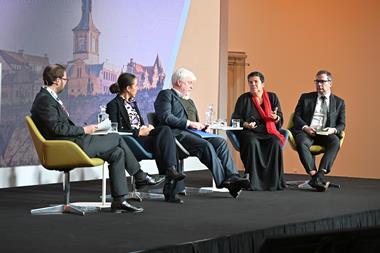
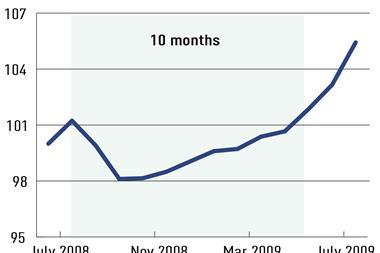
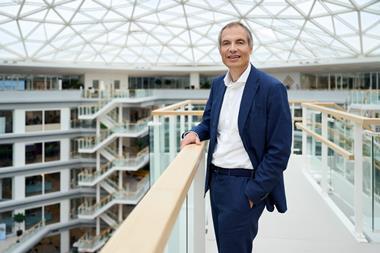

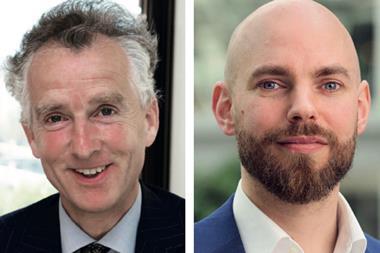


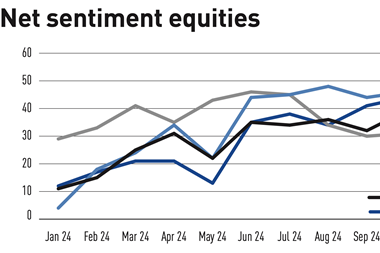

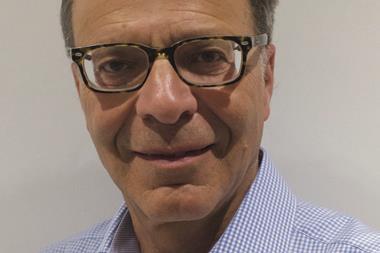
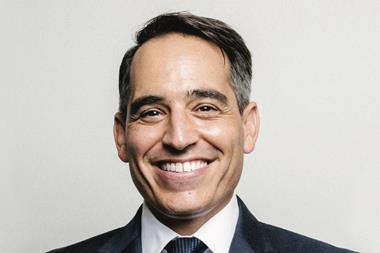

No comments yet